Imagine a lot of new people arriving to a downtown hotel and you need to recommend unique destinations for dining. I guess you could give a list that they could yelp, but wouldn’t a paper map add a nice, personal touch?
We have marveled at the growth of mobile maps that tap in largest collective database ever generated and, unfortunately, the subsequent loss of interest in paper maps. While mobile can help locate you in an unfamiliar city with GPS, the map data can be uninspiring and wildly inaccurate. The problem I suggest is the zoom, since we expect ever complex revelations with increasing zoom levels. We all know it’s a big bummer when you zoom into a blank screen, right? We think a static maps can better stimulate imagination and invite navigation into unfamiliar areas.
This is a small experiment integrating 3D maps, photography, and a few SketchUp models to give a quick sense of place and provide a simple navigation tool to explore the city.

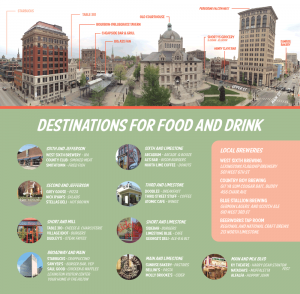
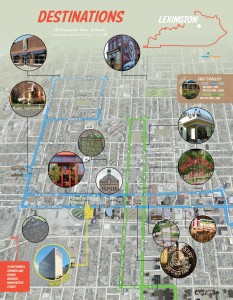
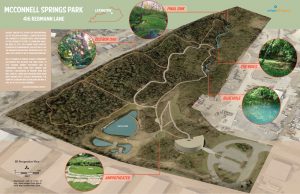
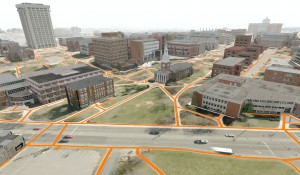
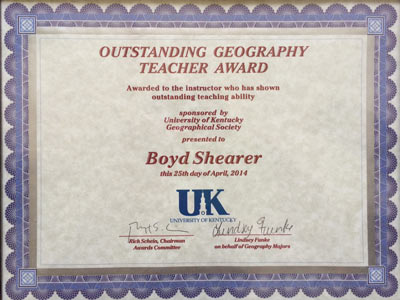
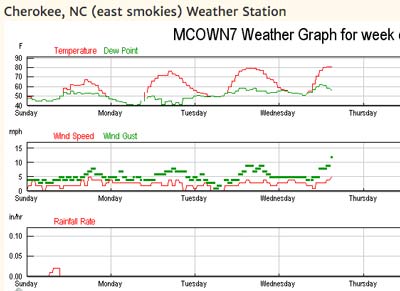
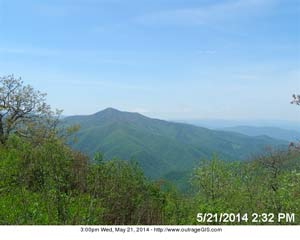
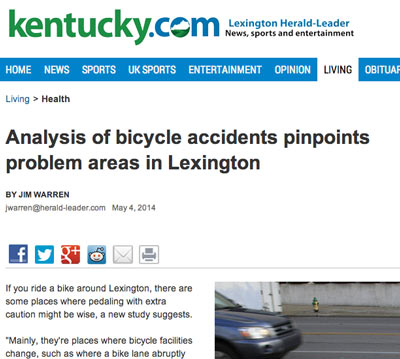
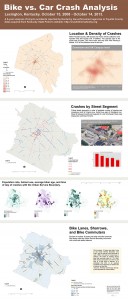
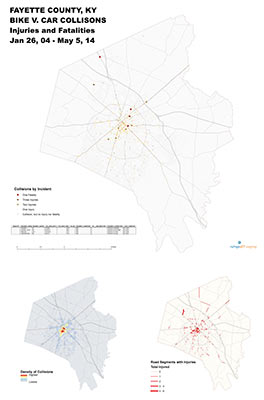


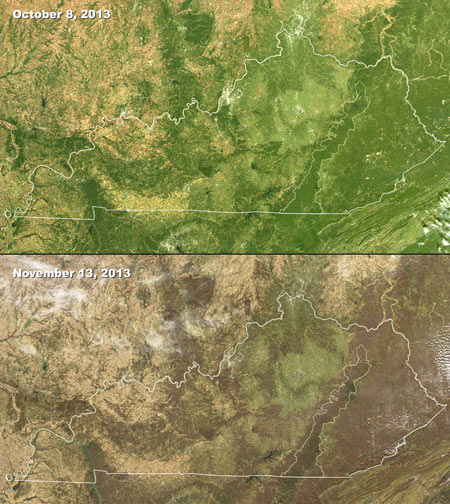



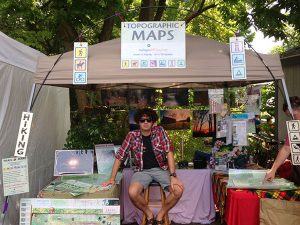
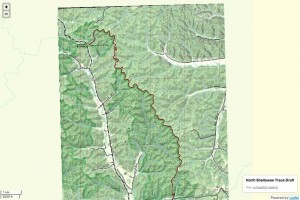





You must be logged in to post a comment.